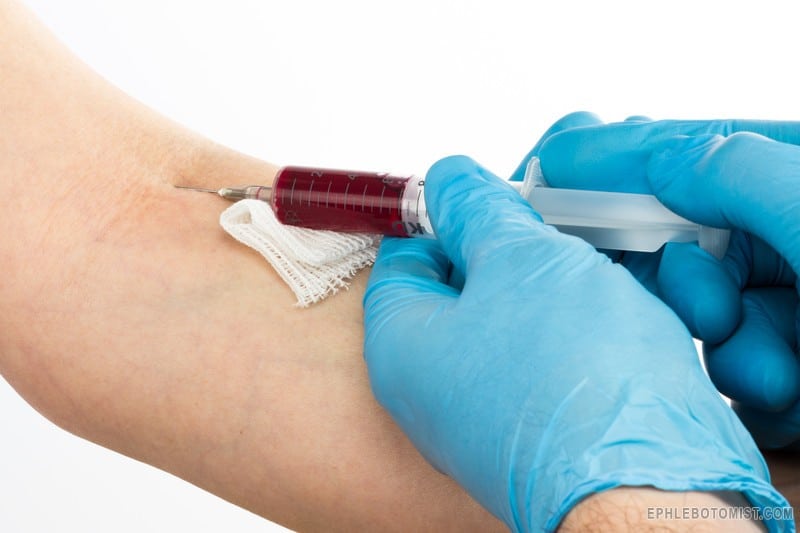Mastering Safety and precision: The essential Guide to Phlebotomy Tourniquets
Introduction
In the world of healthcare, phlebotomy plays a vital role in diagnostics and treatment.Whether you’re a seasoned phlebotomist or just beginning yoru journey,understanding the importance of using the right tourniquet is crucial for ensuring safety,accuracy,and comfort. This comprehensive guide will walk you thru everything you need to know about phlebotomy tourniquets-from types and proper application to safety best practices and practical tips. Mastering the use of tourniquets can substantially improve your blood collection procedures, minimize patient discomfort, and uphold the highest safety standards.
the Role of Tourniquets in Phlebotomy
Why Are Tourniquets Essential?
Tourniquets are an integral component of successful blood collection. They help engorge veins, making them more visible and easier to access.Proper application enhances the chances of successful venipuncture while minimizing patient discomfort and reducing the risk of complications such as hematoma or nerve damage.
Key Benefits of Using Tourniquets
- improves vein visibility and palpability for accurate needle placement
- Reduces the risk of tissue hemorrhage and hematoma
- Facilitates efficient and painless blood collection
- Enhances safety for both patients and healthcare providers
Types of Phlebotomy Tourniquets
Choosing the right tourniquet depends on various factors including patient comfort, safety, and the specific blood draw procedure. Here’s a breakdown of the moast common types:
Reusable Tourniquets
- Made from materials like fabric, leather, or rubber
- Designed for repeated use
- Require proper cleaning and sterilization between uses
Disposable Tourniquets
- typically made from latex or non-latex elastic material
- Single-use to prevent cross-contamination
- Cost-effective and convenient for routine testing
Automatic or Elastomeric Tourniquets
- Features a plastic or rubber loop that tightens automatically
- Minimal manual effort required
- Ideal for quick application and ease of use
How to select the Right tourniquet
| Criteria | Considerations | Best for |
|---|---|---|
| Material | Latex vs. Non-Latex; durability; patient allergies | Allergy-sensitive patients |
| Size & Width | Versatility for different arm sizes; typically 1.25 inches wide | Adult and pediatric patients |
| Ease of Application | Quick-to-apply; secure fit without over-tightening | Fast-paced clinical settings |
| Hygiene & Safety | Disposable or sanitized reusable options | Infection control compliance |
practical tips for Applying and using Tourniquets
Step-by-Step Application
- Ensure hands are sanitized and gloves are worn.
- Select the appropriate tourniquet based on patient size and procedure.
- Position the patient comfortably, and expose the site.
- Wrap the tourniquet around the upper arm, about 3-4 inches above the puncture site.
- Pull the strap through the buckle and secure it snugly – avoid excessive tightness.
- Assess vein prominence; if needed, gently palpate for the best insertion site.
Safety and Comfort Considerations
- Limit tourniquet application time to under 1-2 minutes to prevent hemoconcentration.
- Never leave the tourniquet on longer than necessary.
- Use a different tourniquet for each patient to prevent cross-contamination.
- Watch for signs of excessive tightness like numbness or pallor.
Removing the Tourniquet
- Release the tension gradually once blood flow is established or after blood draw.
- Remove it gently to prevent discomfort or hematoma formation.
- Dispose of single-use tourniquets properly; sterilize reusable ones.
Benefits and Practical Tips for Phlebotomy Tourniquets
- enhance Safety: Proper use reduces risk of nerve damage or hematomas.
- Improve Accuracy: Better vein visualization leads to successful blood draws.
- Increase Comfort: Correct application minimizes patient discomfort.
- Maintain Hygiene: Use disposable tourniquets or proper sterilization protocols.
- Be Prepared: Keep extra tourniquets on hand, especially in busy clinics.
Case Study: Improving Patient Experience wiht Proper Tourniquet Use
In a busy outpatient lab, staff faced frequent challenges with missed veins and patient discomfort. By switching to elastic, non-latex disposable tourniquets and emphasizing correct application techniques through staff training, the clinic observed a 30% increase in first-attempt success rates and a noticeable decline in patient-reported discomfort. This case underscores the importance of selecting the right tourniquet and applying it correctly for optimal outcomes.
First-Hand Experience: Why Proper Tourniquet Use Matters
as a seasoned phlebotomist, I’ve learned that the difference between a successful blood draw and a challenging one often hinges on something as simple as applying the tourniquet correctly. Using the appropriate type, avoiding over-tightening, and limiting application time has helped me reduce patient bruising and improve overall satisfaction. These small but vital steps reinforce the significance of mastering tourniquet safety and technique in everyday practise.
conclusion
Mastering the use of phlebotomy tourniquets is fundamental for achieving safe,accurate,and patient-friendly blood collection procedures. Whether you opt for reusable or disposable options, understanding how to select, apply, and remove tourniquets correctly can significantly enhance your practice. Remember, safety and precision go hand-in-hand-always prioritize gentle application, hygiene, and minimizing tourniquet time for the best outcomes. By implementing these best practices, you can elevate your phlebotomy skills and deliver superior care to your patients.
Ready to Elevate Your Phlebotomy Skills?
Invest in high-quality tourniquets,stay informed about safety protocols,and practice meticulous technique. Your patients will thank you for it! For more expert tips and the latest in phlebotomy equipment, stay tuned and keep learning.
